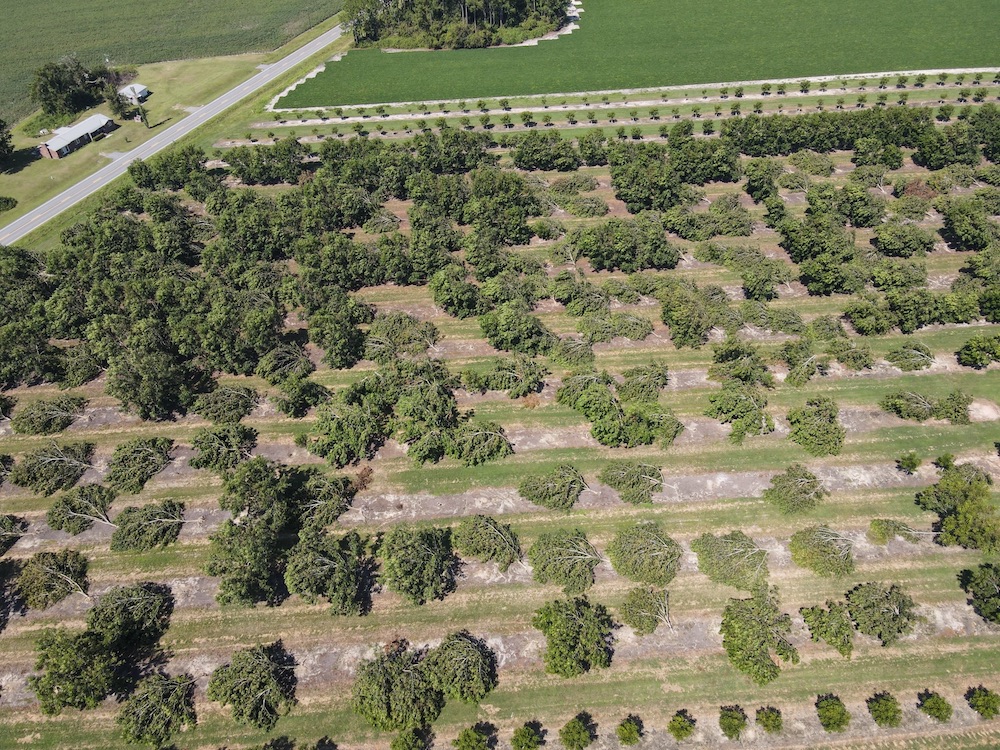In recent weeks, bitter cold fronts have blasted the Deep South, wreaking havoc on home water pipes and icing roads. But for Georgia crops, the weather isn’t so bad, at least for now.
Georgia’s famous peach crop, in fact, needs the cold weather right now, said Frank Funderburk, the University of Georgia Cooperative Extension agent in Peach County, the hub of the state’s peach industry.
Peach trees need chill hours, or hours below 45 degrees Fahrenheit, to stay dormant during the winter months. This helps them bloom properly in the spring and produce fruit in the summer.
Individual varieties require a different number of chill hours, ranging from 650 total hours to 950 total hours, he said. Right now, central Georgia has close to 400 chill hours logged already due to the cold weather, around 100 hours more than this time last year, Funderburk said.
Growers like to get the chill hours their trees need by Feb. 15. As daytime temperatures warm, trees wake up and start to bloom. Any severe cold snaps in late winter or early spring burst buds, and that is bad, he said.
Another famously sweet Georgia crop, the Vidalia onion, is now planted and growing in fields in southeast Georgia, the state’s official onion region. Even with temperatures dipping into the low teens like they did earlier this week, the onions are fine, said Reid Torrance, a UGA Extension agent in Tattnall County and an onion expert.
“The only onions susceptible to injury at this stage are the earlier-planted varieties planted in November. They are getting big enough to have some damage, but mostly from being sandblasted from the high winds we received in the area,” Torrance said.
He estimated that 25 percent of the total 13,000 or so acres of onions was planted in November. Even if they are damaged now, they will rebound when moderate weather returns to the region.
Onions are winter-hardy, but cold weather can hurt them when ground temperatures shoot below freezing and reach the developing bulbs underground. This is rare but has happened in the past, Torrance said.
Vegetable crops planted now like cabbage, collard greens and turnip greens tolerate cold weather, said Glenn Beard, UGA Extension agent in Colquitt County in south Georgia. This time of year, Colquitt farmers have roughly 3,500 acres of cabbage and 2,000 acres of greens planted.
“We are on the tail-end of cabbage harvest, and we’ve gone without any major effect" by the weather, Beard said.
Growers are harvesting the greens, too, which they try to sell to meet demand between Thanksgiving and New Year’s Eve, he said. The crop is shipping in good shape.
Severe cold weather actually hit Colquitt County later this year than normal. The first plant-killing frost was Dec. 3, Beard said, three weeks later than normal.
“Like I’ve told a few folks, it is winter, even in Georgia,” Beard said.






